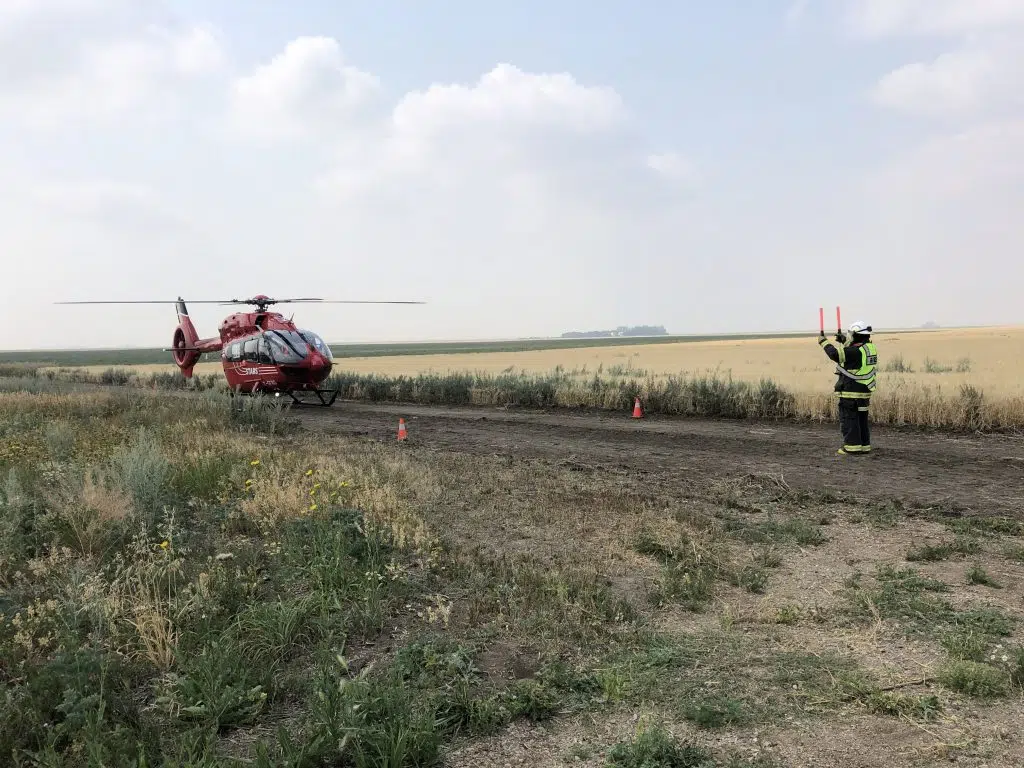Saskatchewan living requires the skill of rural road driving.
From gravel grid roads to unpaved intersections, the province’s rural areas can keep residents connected, but also pose a challenge and a danger — especially when a driver doesn’t navigate those types of roads regularly.
More than 3,000 collisions occur on rural roads each year, according to Saskatchewan Government Insurance’s (SGI) Tyler McMurchy. These crashes result in 514 injuries and 25 deaths annually, on average.
“Because these crashes often happen far away from major centres, these are the kinds of calls air ambulance crews respond to,” McMurchy said.
Darcy McKay, director and critical care flight paramedic for STARS, said rural roads pose a different danger to drivers.
“STARS crews see first-hand the consequences of unsafe driving on rural roads in Saskatchewan,” McKay said. “That’s why obeying speed limits and using extra caution is so important. It only takes a second to lose control.”
As SGI’s August traffic safety spotlight, McMurchy offers some tips for safe backroads travel.
It’s important to always consider what type of road a driver may be navigating. Driving on gravel surfaces with deep or loose gravel can make it more difficult to steer around curves. A dry unpaved or gravel road can kick up significant dust, hindering a driver’s ability to see oncoming traffic and other visuals on the road. When wet, unpaved roads can offer less traction.
SGI recommends that drivers slow down when travelling on unpaved or gravel roads and leaving at least a six-second following distance between other vehicles. Increased stopping distance can help prevent stone chips and assist with slowing down.
“A collision can happen any place, any time … Always respect the roads you are driving on, whether paved, gravel or otherwise, said Penny McCune, chief operating officer of the Auto Fund. “Take speed limits seriously and remember that they’re maximum speeds for driving safely under ideal conditions.”
Other tips for driving on rural roads include only passing when it is legal and safe to do so — not on the crest of a hill, before a curve or at an intersection where visibility is limited — as well as driving along the tracks already created on dirt and gravel roads and not driving impaired.
On average, 12 fatalities each year occur on rural roads because of impaired driving, often from lone-vehicle collisions.
SGI also advises drivers pay attention and keeping alert to things like railway crossings, wildlife, and farm vehicles, and always wearing a seat belt.












